The first draft of this review was about the Fujifilm Zoom Date 1000 and the 1300. They’re basically the same camera except for their zoom range. Then, I received a Xmas present in the form of the Zoom Date 160S (after I casually dropped the suggestion to my sister) and it made sense to include it too as, again, all three are mostly the same camera except when it comes to the zoom. So, if you like compact cameras and want to hear about a few of the more compact options out there, get comfy and keep reading.
The Fujifilm Zoom Date family
The Fujifilm Zoom Date range is a rather extensive family of compact cameras by Fujifilm from the early 2000s, which makes them some of the newer film point and shoot you can find. Most of the models within the range share a boxy, somewhat minimalistic, but elegant design, mostly in silver though some models were released in those horrible champagne tones too. There’s also a great looking light blue Zoom Date 1000, most likely for the Japanese market only. The cameras in the range cover focal lengths starting at 24mm (the sought after Silvi f/2.8, find a review here) to 160mm and in terms of specs there is some variation as well, with some models having a more limited range of shutter speeds and narrower (even narrower, I should say) maximum apertures than the three I’m writing about today.
I’ve found a great resource about Fujifilm cameras in this blog. Although it’s written in Japanese, hovering over the main menu you’ll find one submenu called Fujifilm which takes you to several pages with what seems to be all cameras ever made by the brand. There’s a photo of every model and a few sheets with basic technical data. In this blog, the Zoom Date range is grouped under the name Silvi which I read somewhere it’s the Japanese word for selfie. This takes us back to the Silvi f/2.8 which sports two shutter buttons and a mirror on the front to help you take what once we called self-portraits. It seems that many models in this range are called Silvi in Japan and Zoom Date anywhere else but I don’t understand why because no other model has any dedicated feature for selfie-taking.
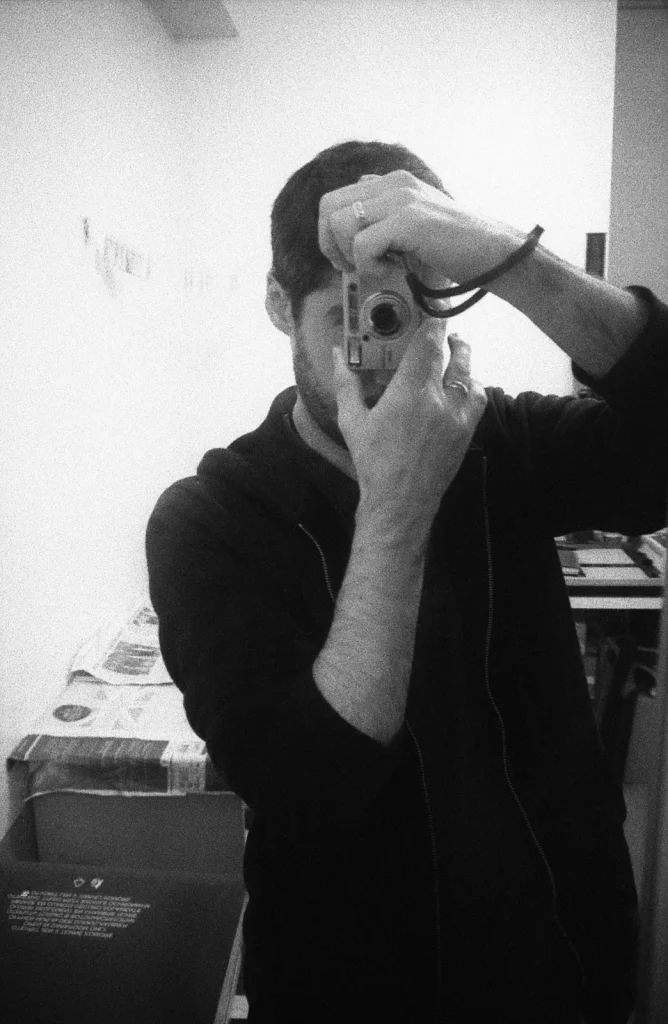
First contact with the Fujifilm Zoom Date
I first came about the Fujifilm Zoom Date 1000 in late 2016. You can read a “5 frames with…” piece about it here at 35mmc, and look at some colour photographs I took with it. This Fujifilm was my second point and shoot and I mostly got it for its short end of the zoom which starts at 28mm (going to 100mm). This was somewhat of a contradiction since I’ve never been keen on wide-angle lenses. I guess that, since I got interested in compact cameras to take them on holidays, the 35mm lens on the Ricoh I already owned often seemed too narrow. In any case, after carrying the Zoom Date 1000 in my bag for a few months I began to fall in love with the wider angle of view.
Sometime later I could not pass on a rather cheap Fujifilm Zoom Date 1300 and its rather impressive 28 to 130mm zoom and, after learning about some of the other models in the range, I set my eyes on the 160S, this time more from a collecting (read GAS) point of view than anything else, although I also kind of fancied the long end of the zoom, especially in such a small body.
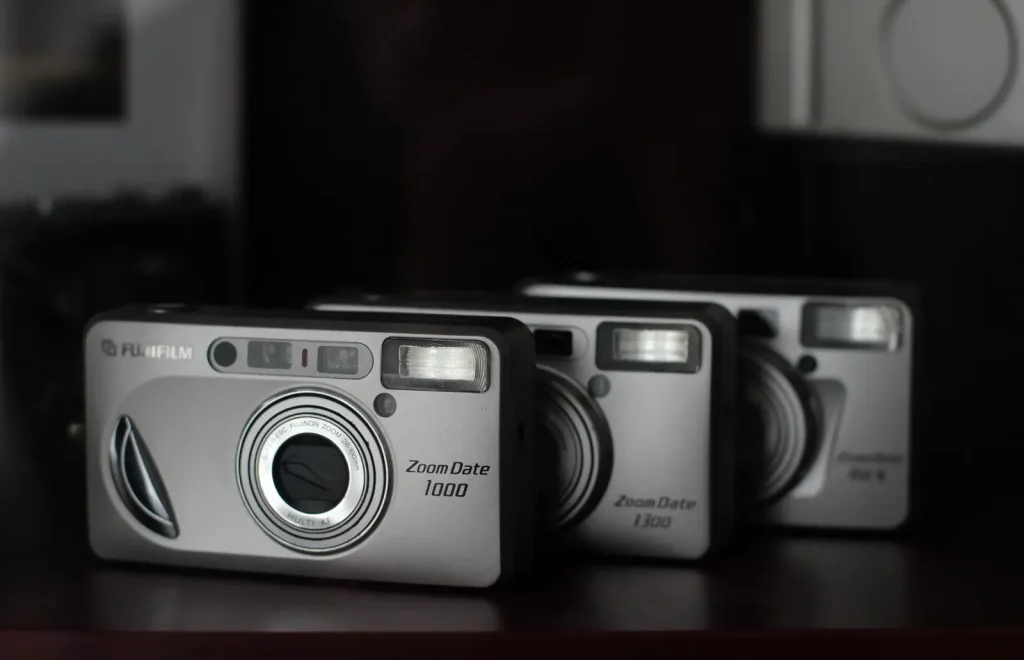
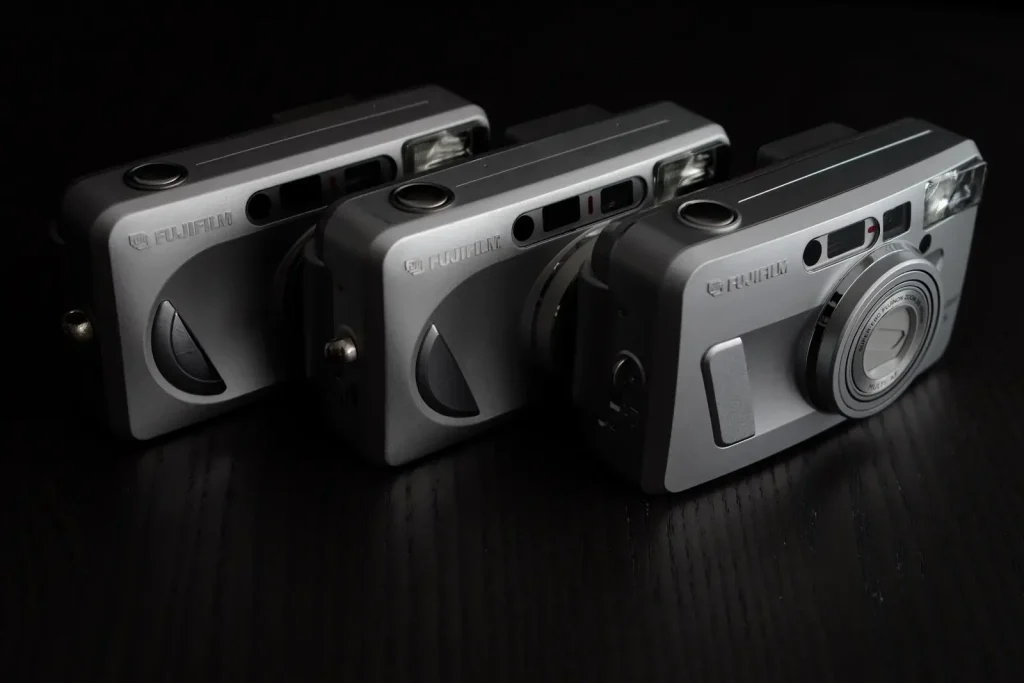
The cameras themselves
As mentioned before these three members of the Fujifilm Zoom Date family are the same camera except for their lenses. While the ZD1000 and the ZD1300 start their zoom at 28mm going all the way to 100 and 130mm respectively, the ZD160S’ wider end is the more common 38mm with the other end of the zoom reaching 160mm. Apart from this they could be twins rather than siblings since all the other specifications are the same:
- passive autofocus
- shutter speeds of 1 second to 1/500th
- the usual flash modes (off, fill-in, red-eye, slow synchro)
- infinity focus
- a macro mode that automatically extends the zoom to its maximum
- possibility to use the self-timer to expose one, two or three consecutive frames.
- date imprinting
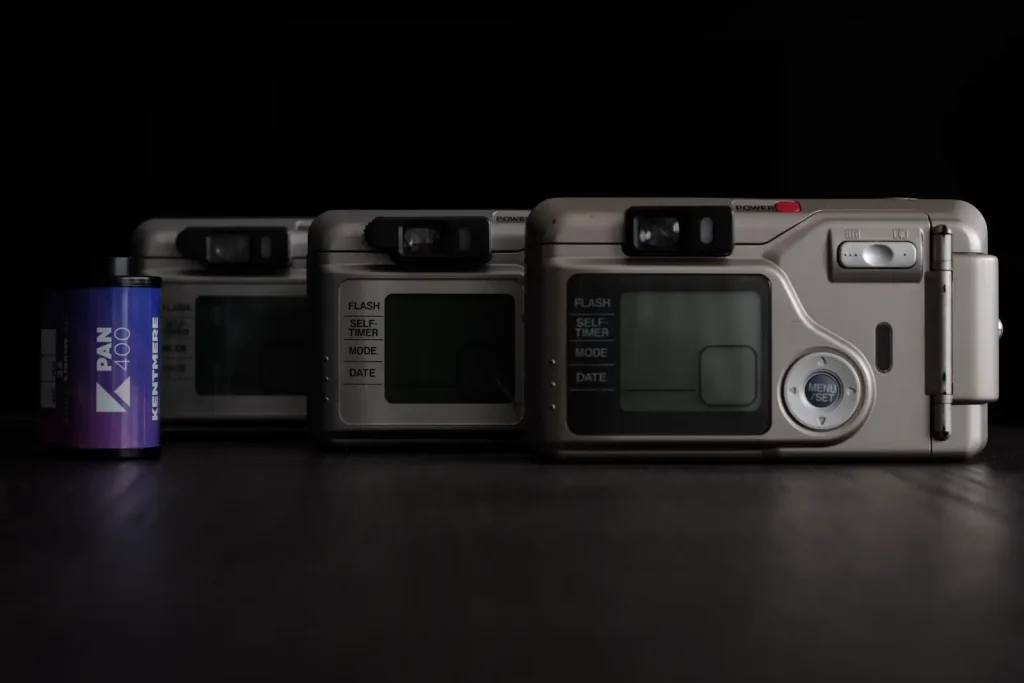
The Super-EBC coatings on the lens, as well as a “metallic body” (as read on the ZD1300’s brochure) set these three apart from other members of the range as somewhat higher-end models. The 1300 and 160S have also diopter adjustments on the viewfinder. One of their best features, though, is their size. The Zoom Date 1000 measures only 10.7cm wide, 6cm tall and 3.6cm thick, while the 1300 and 160S are just a few millimetres thicker, and none of them reach 200gr in weight. The 160S and either of the other two could be ideal travel companions, covering and angle of view from 28 to 160mm in less than 400grams, something I’d like to try one day.
You can also find the ZD1000 and 1300 disguised under the Rollei brand, as the Rollei Prego 100-WA and the Prego 130-WA with some cosmetic differences.
Another of the things I really like about the Fujifilm Zoom Date cameras is the menu implementation, à la digital point-and-shoot. Next to the big LCD screen on the back, you’ll find the typical four arrows surrounding a menu button with which you navigate all the camera functions. Even better, the screen lights up in green when powered up, and in a beautiful orange when changing the settings, allowing you to do so when the light’s not great.
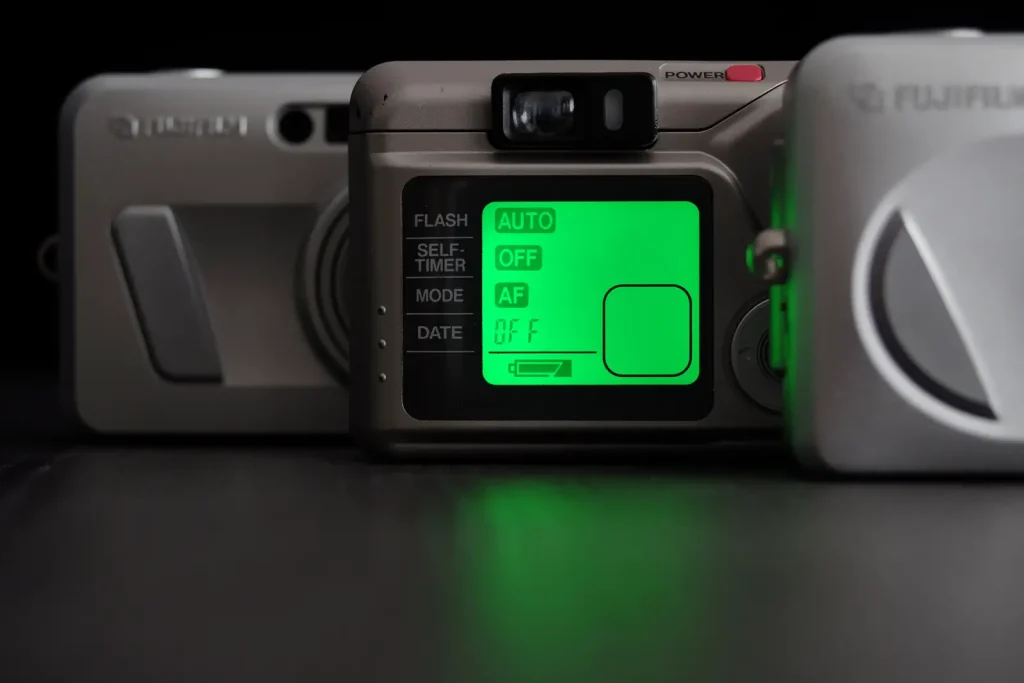
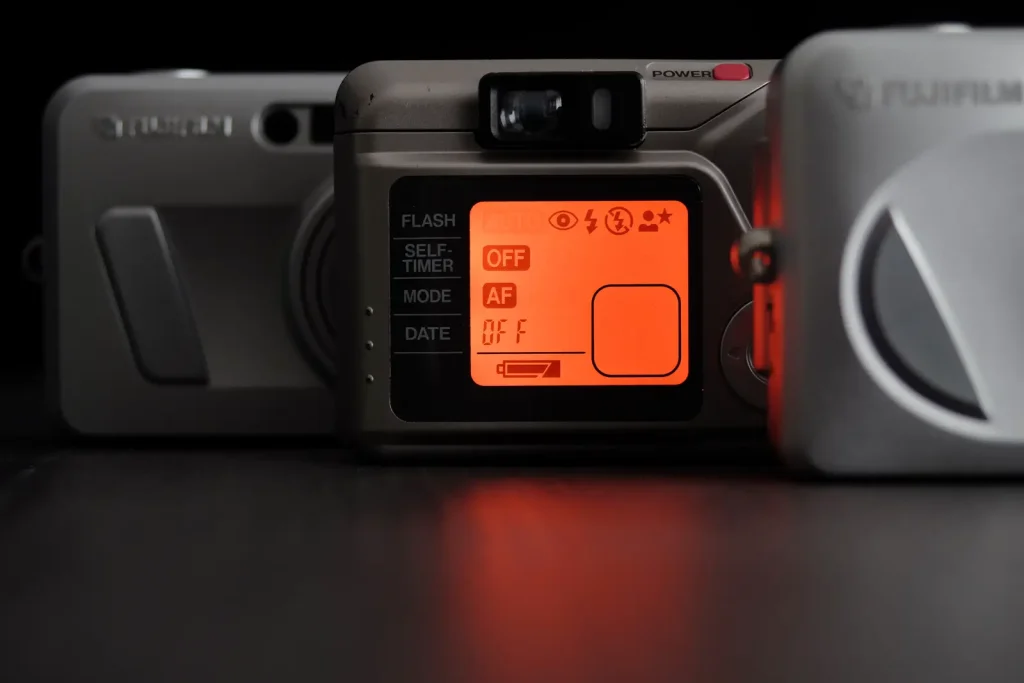
In my bag
After a couple of trial rolls, I took the Fujifilm Zoom Date 1000 in a number of Sunday outings for the following months after purchase and I liked the results more and more. I found it to be the perfect camera for such family excursions, whether a stroll in Edinburgh or a visit to one of Scotland’s many castles.
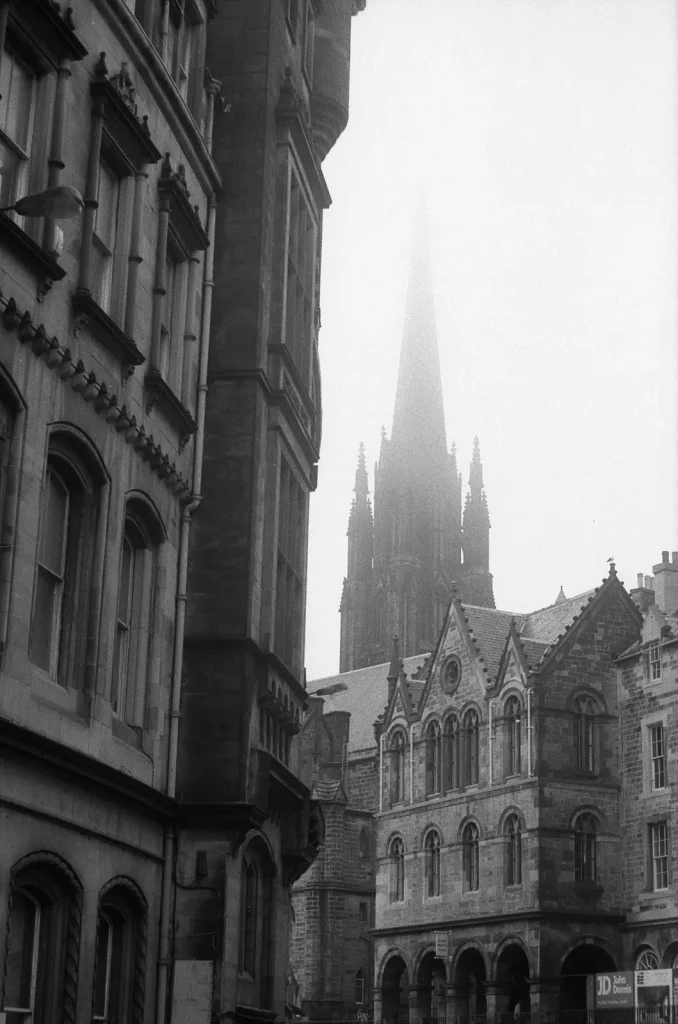
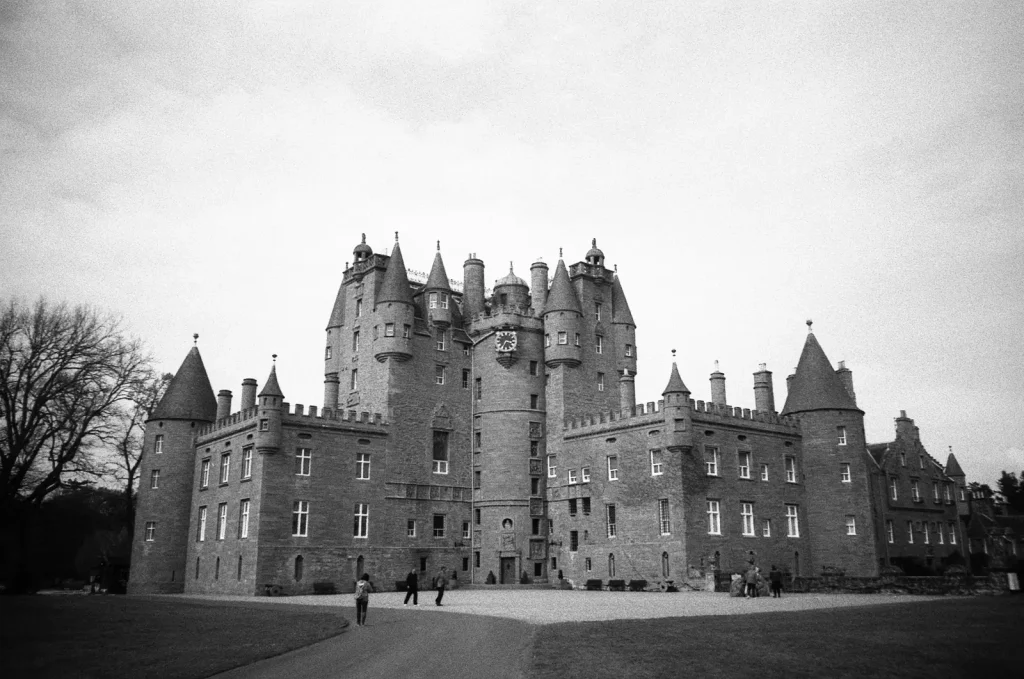
I also took it with me to the hospital when my wife went into labour. My default black and white film for point and shoot cameras (definitely for these three, you’ll soon see why) is Kentmere 400 with the DX code hacked to 800 so all the monochrome photos I’ll show will have been taken with this film.
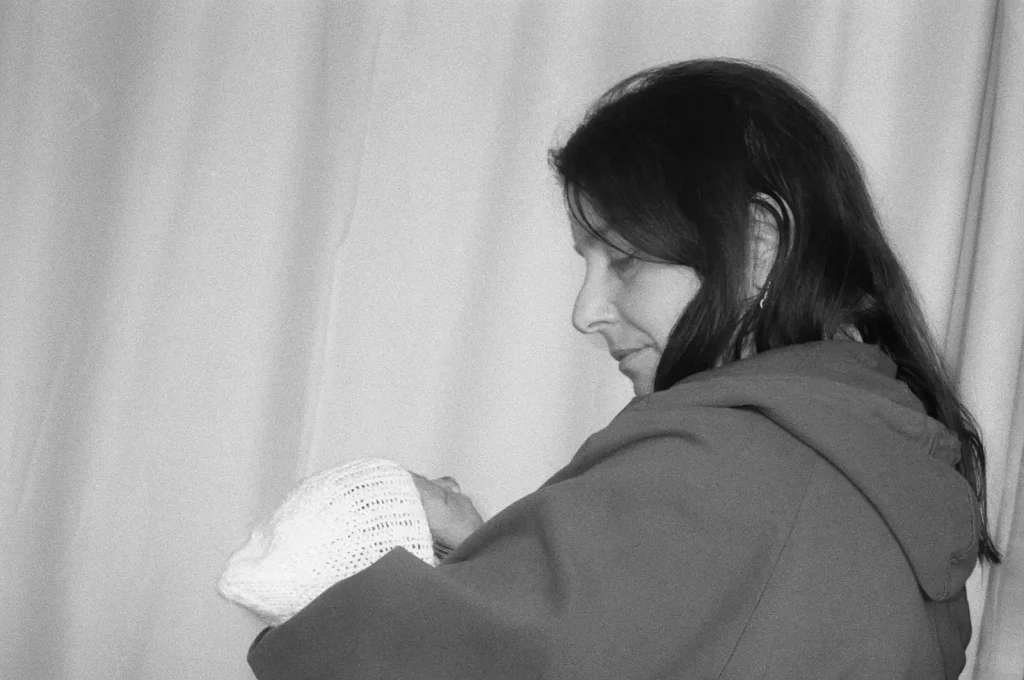
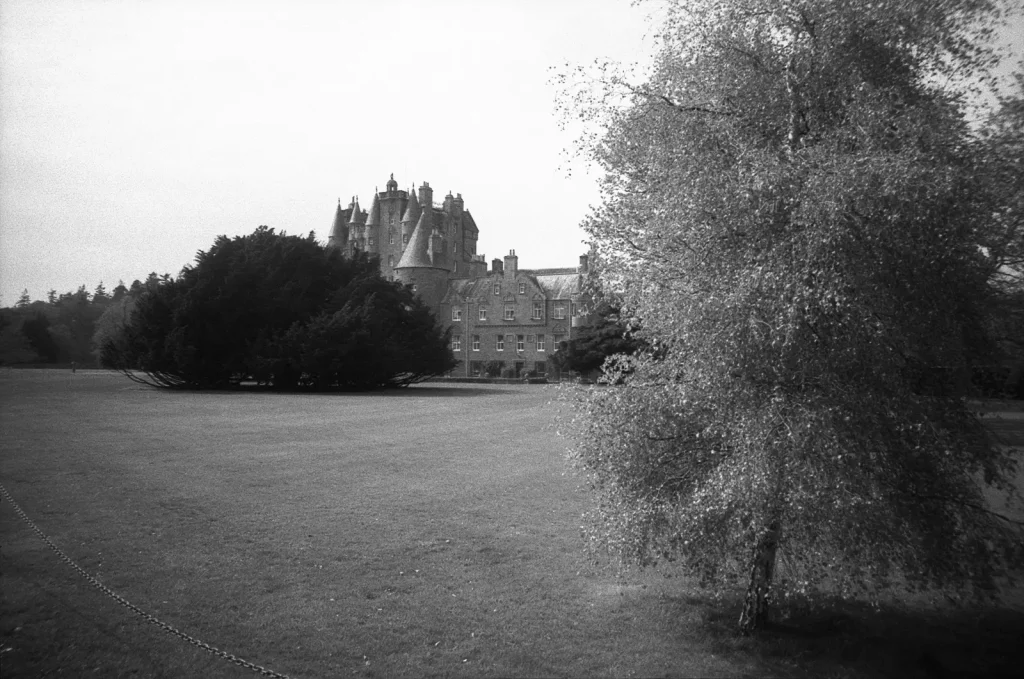
I put the ZD1300 to its paces after we moved to Italy in late 2017. I had the chance to properly explore the surroundings of my wife’s village, a place I had been to many times before but never for long enough to do anything else than to take a casual snapshot. This time I had the chance to walk around the myriad paths that criss-cross the mountain behind the village and, I must say, some of those paths climb rather abruptly!
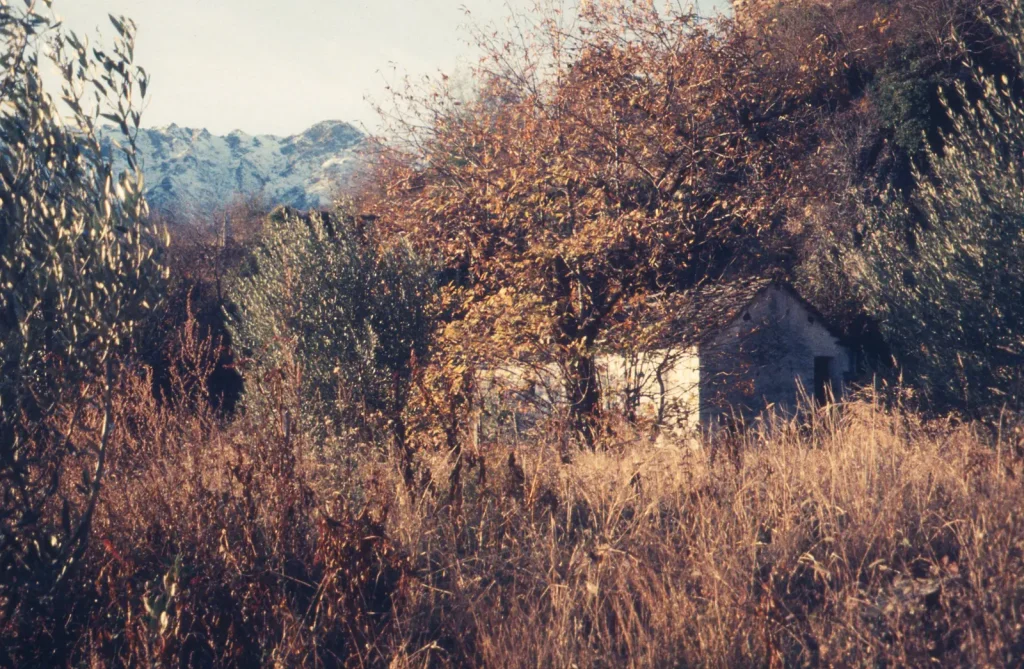
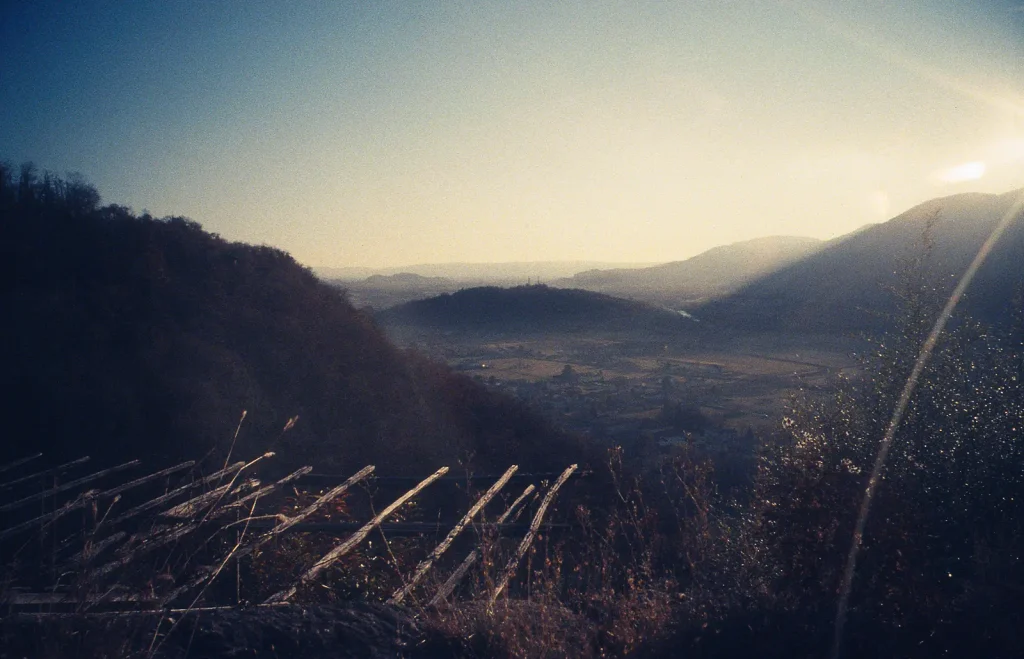
The small and light Zoom Date 1000 and 1300 proved perfect for a few hours walking up and down. I’ve put more colour film through the 1300 than I have the 1000, including a roll of Rollei Variochrome slide film, the results of which I really like.
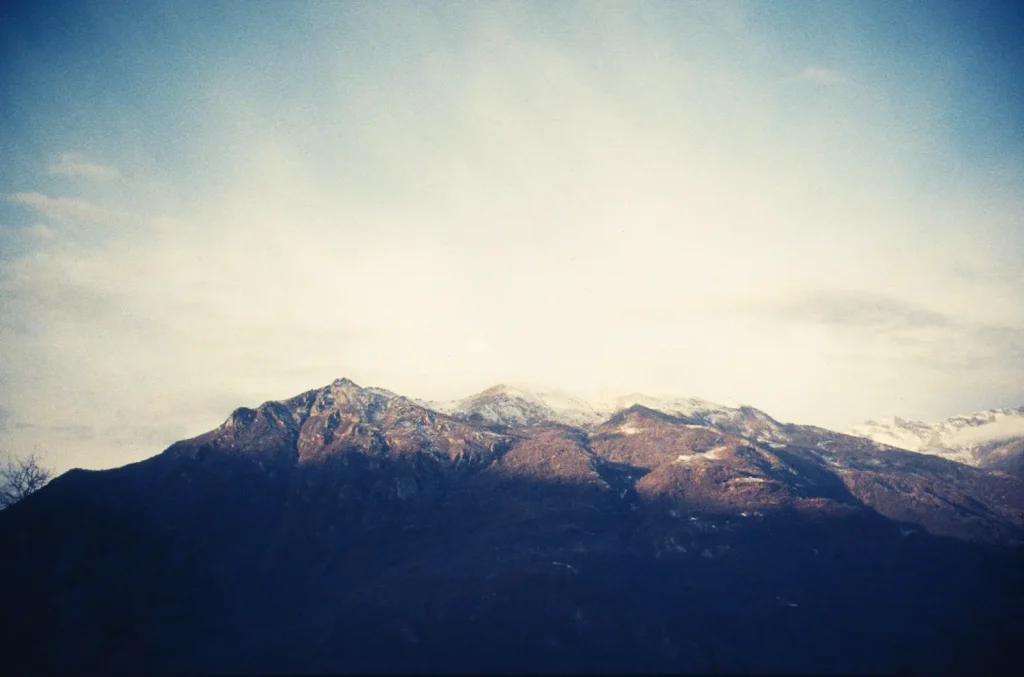
The Fujifilm Zoom Date 160S is too recent an addition to the collection so I’ve only had the chance to run one roll through it. I finished the roll over one weekend, in two beautiful, cristal clear and freezing mornings back in January. I took a stroll around the biggest park here in Madrid, Casa de Campo, which has replaced the Italian mountains as my photographic escape. With this roll I tried to use the lens zoomed in as much as possible and I quite liked the experience as it forced me to look differently at a place I’ve become rather familiar with.
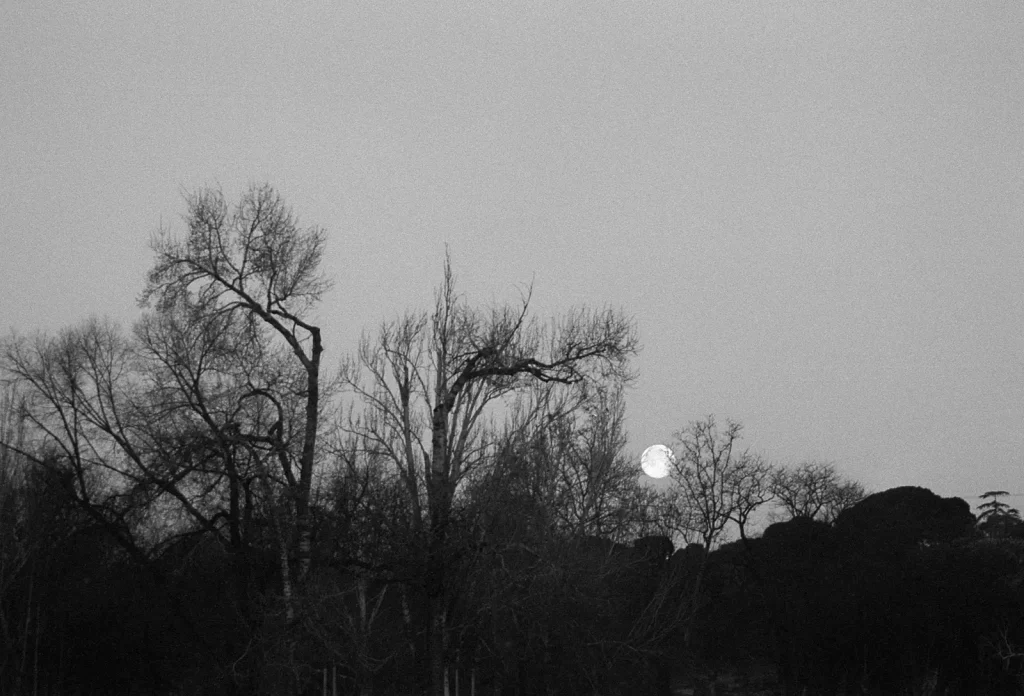
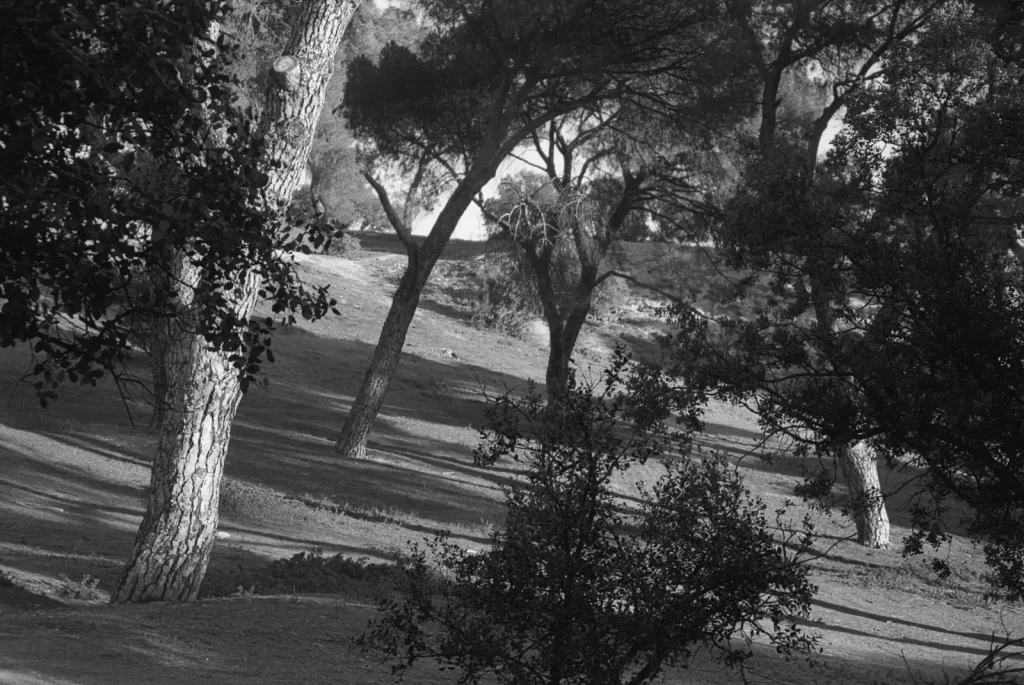
The good things
As any camera out there, these three late offerings from Fujifilm are not perfect but they can produce excellent results if you take into account their limitations and put up with their shortcomings. These are some of the things I like most about them:
- Small, compact design and lightweight.
- Easy implementation of shooting modes.
- Screen lights up, perfect for shooting in low light.
- Nice, elegant design.
- Flexible range of shutter speeds and DX code (50-3200).
- Newer than most (ZD1000 introduced in July 2001; 1300 from mid 2002; 160S, March 2003).
Now, I haven’t mentioned anything about image quality because I believe that 90% of the cameras will do at least a decent job when it comes to taking a photograph, certainly those from the late 90s and early 2000s. As mentioned, no camera is perfect so there’s always a compromise to be made.
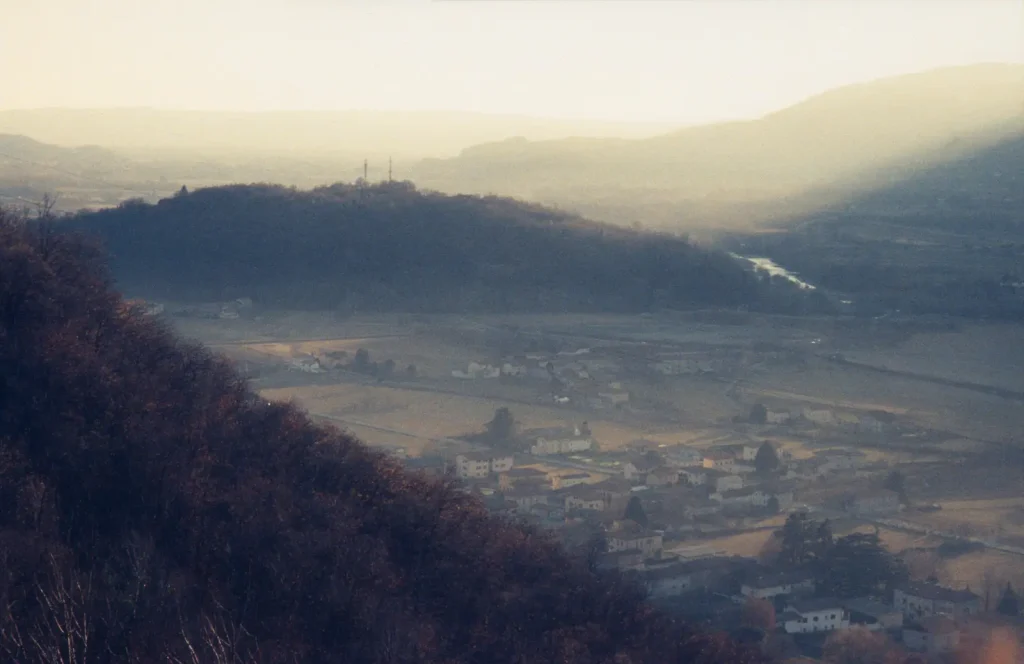
Shortcomings
These are quite relative of course, and in fact, I could call some of them good things too (vignette, everybody?), but some are widely understood as undesirable, at the very least they’re less than ideal, and they would be the limitations I mentioned:
- Slow lenses: ZD1000 f5.8- f10.5; 1300 f5.8- f11.5; 160S f5.8- f12.5.
- Fuzzy corners at wide-angle.
- Noticeable vignette at wide-angle.
- Lack of exposure compensation.
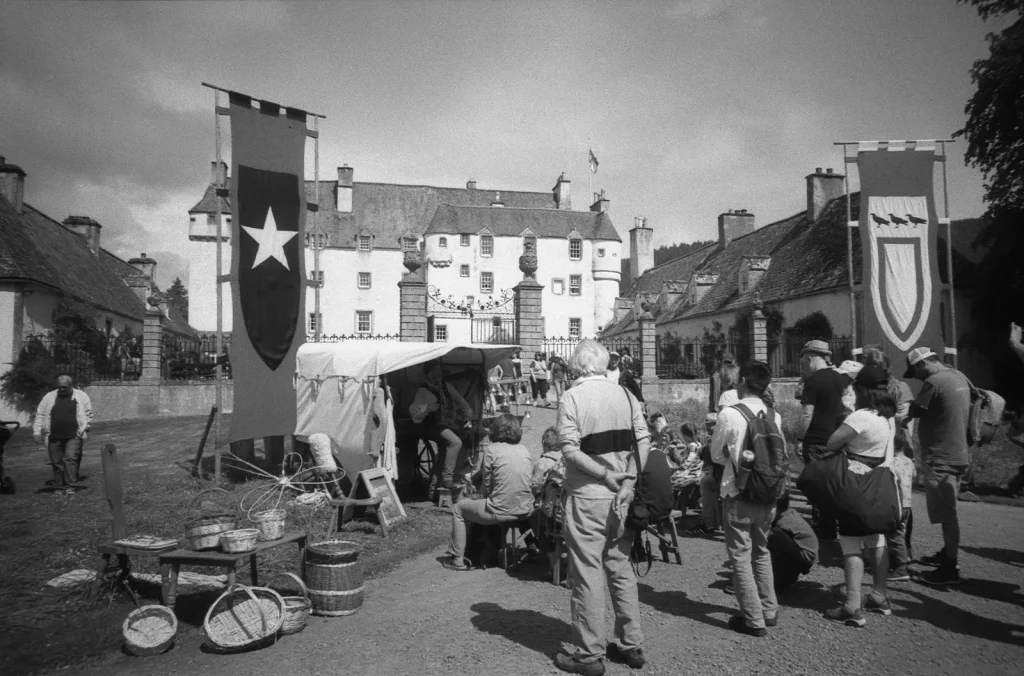
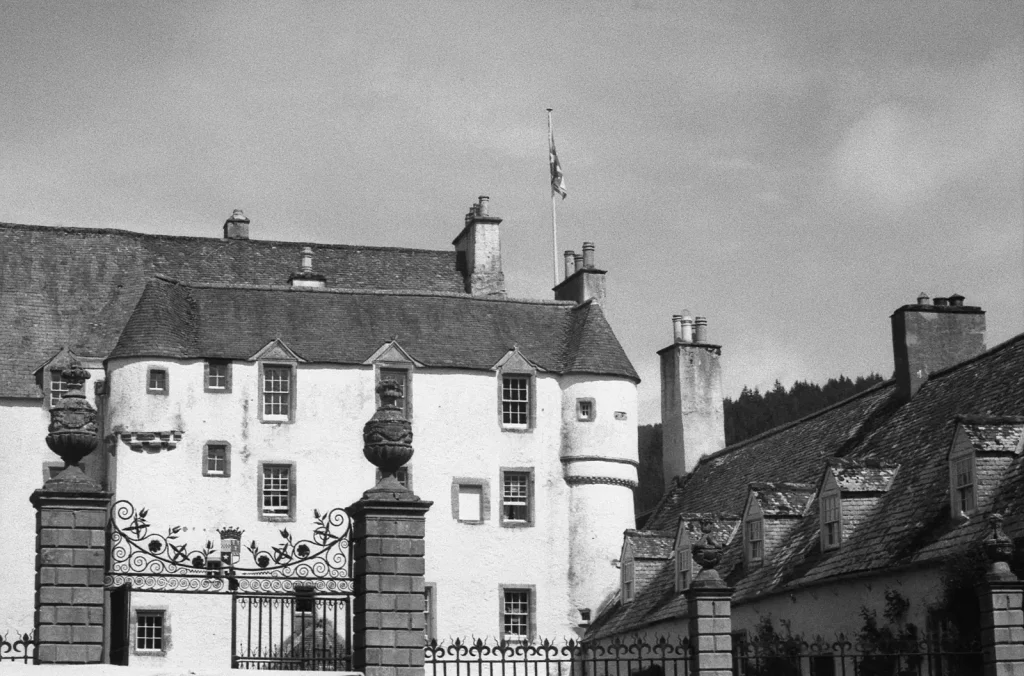
Point and shoot love
Since I got my first point and shoot camera in 2016 I’ve really fallen in love with them. All my photography is made with vintage cameras between 50 and one 100 years old and, as much as I enjoy the whole process of shooting with them, walking about with an autofocus, auto-everything camera was quite a revelation.
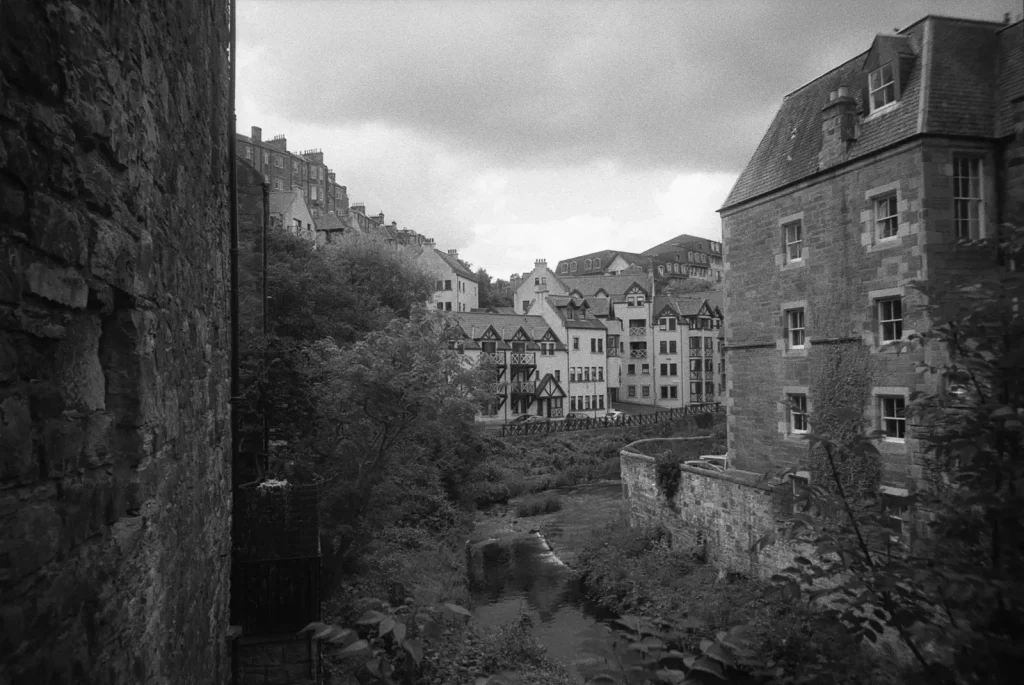
I found they’re also great for taking opportunistic photos of my main subject, woodlands, whenever I happened to be in a forested area with the family. In fact, I’ve come to include the Fujifilm Zoom Date siblings (and other point and shoot) in the array of cameras I use for my photography. Even using them on a tripod, which I always carry when I’m on my own, it’s a breeze, and not having to think about exposure? Absolute bliss! Corner to corner sharpness and all-round perfection has its place, just not in my own work, for the most part.
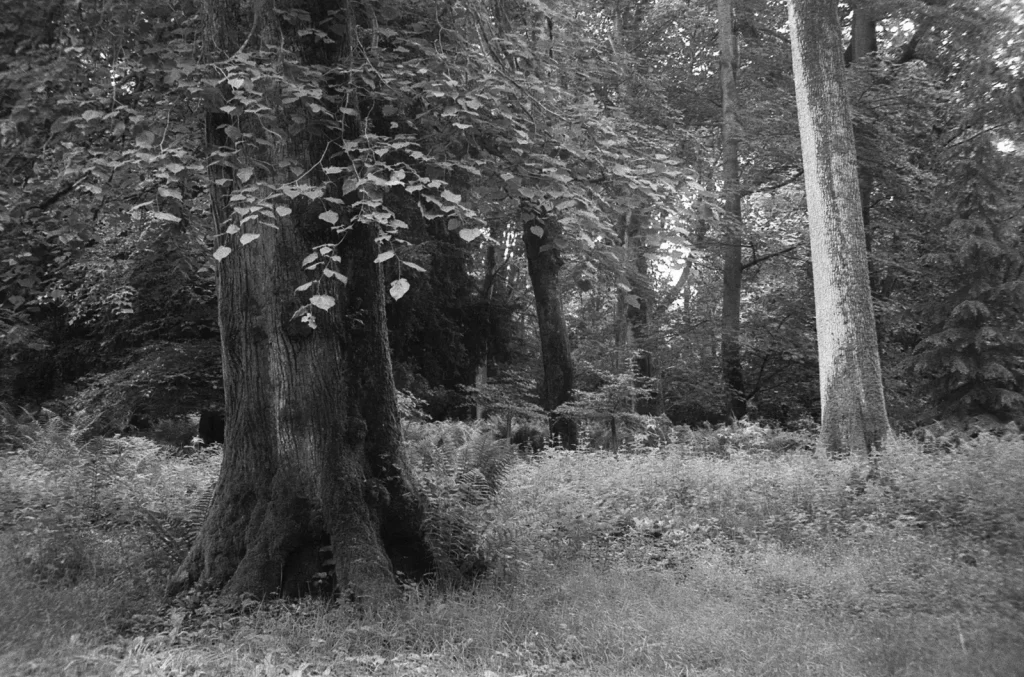
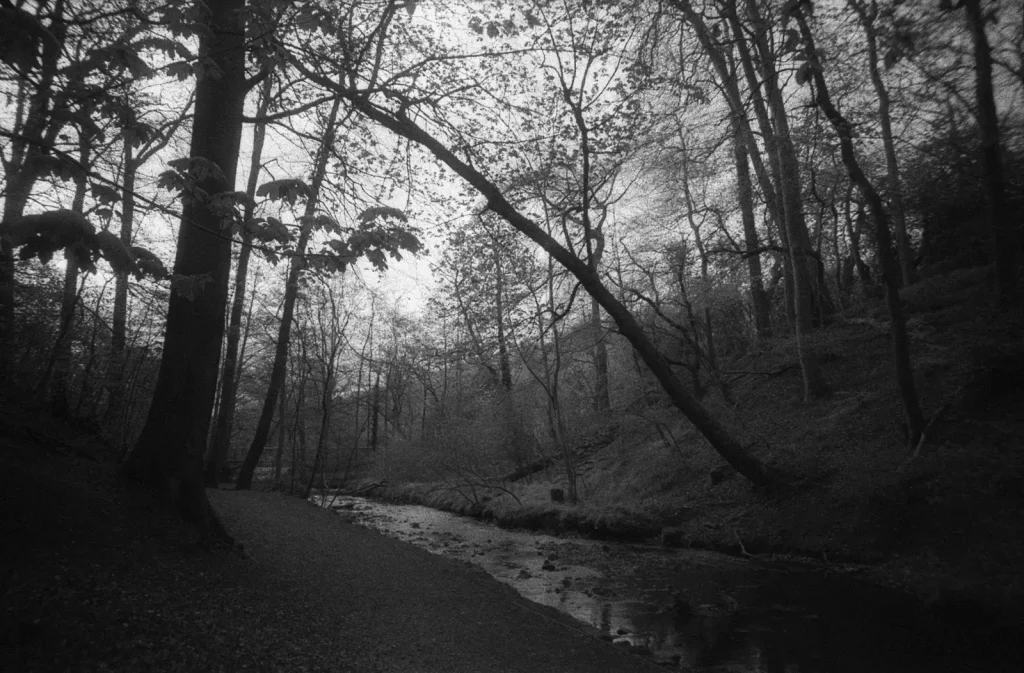
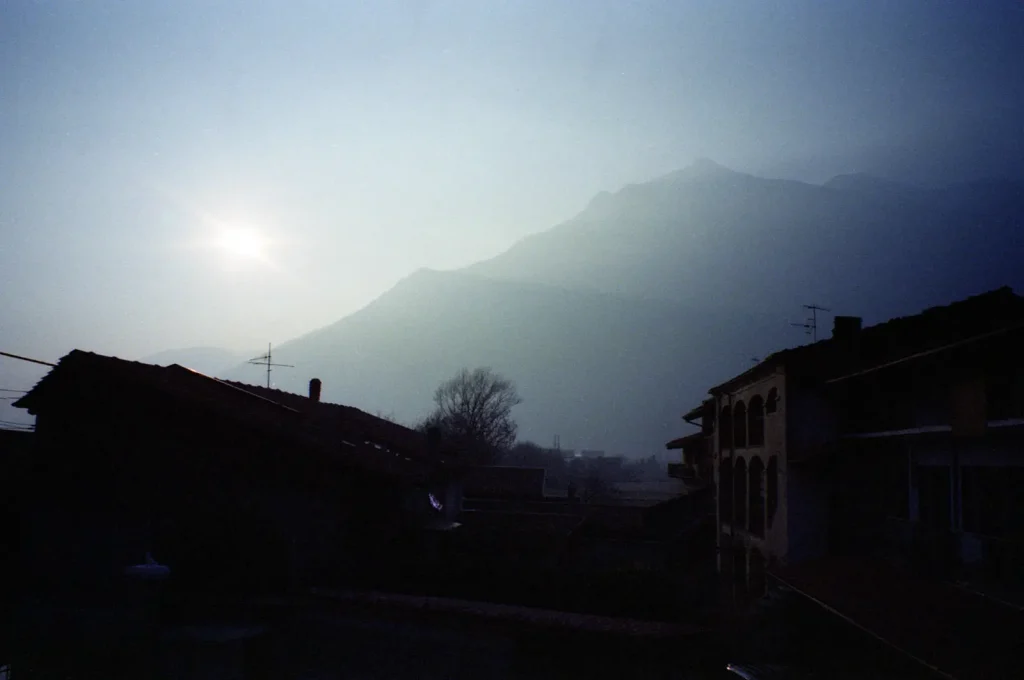
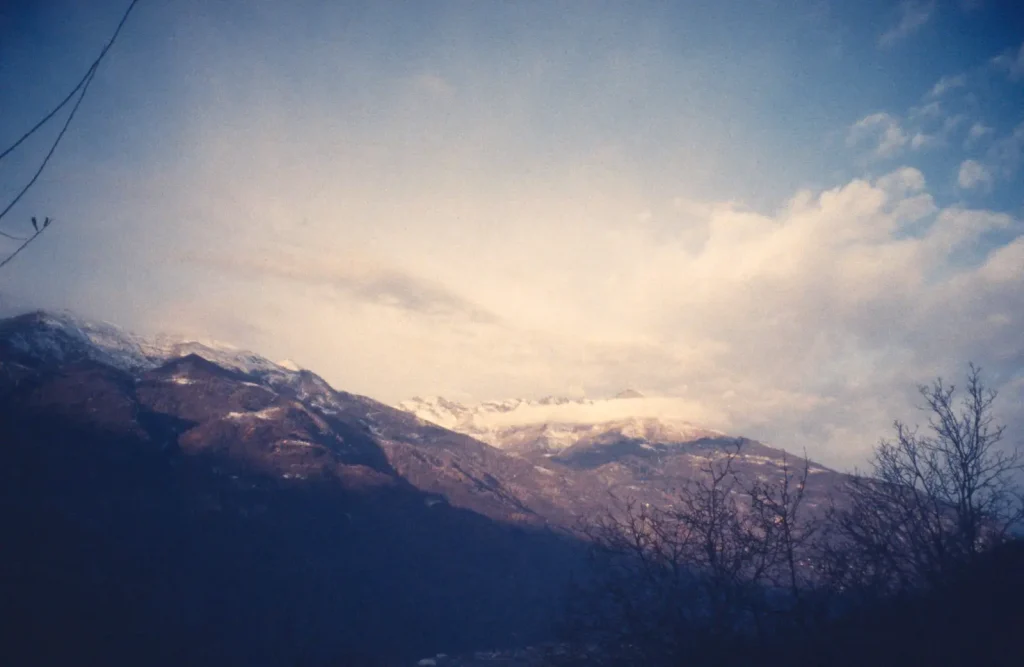
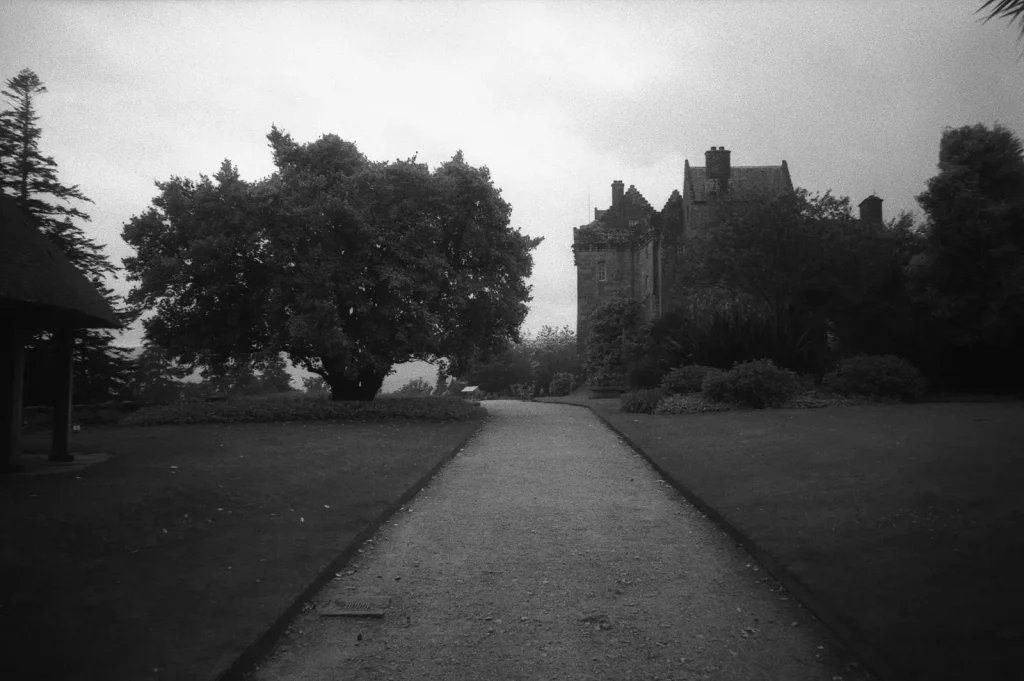
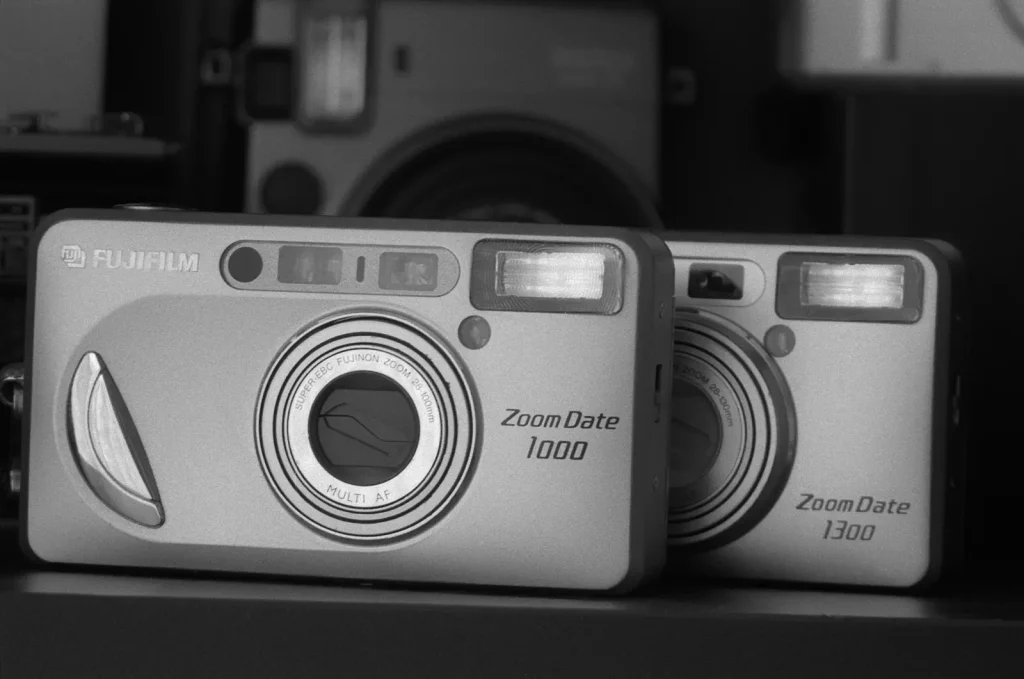
Final thoughts on the Fujifilm Zoom Date
All in all, the three Fujifilm Zoom Date siblings are some of my favourite cameras in my collection. The image quality is there even though my scans and processing might not show it fully.
You won’t find a lot written about any of the Fujifilm Zoom Date cameras with other models taking the limelight like the Klasse, the Tiara or the Natura. Being a bit of a contrarian I tend to favour the underdog, the un-hyped, the cheap too. Prices for these three Zoom Date models are all over the place, the ZD1000 selling from anywhere between 15 to 70 quid, but if you’re patient you can get any of them for the lower end. They are not rare but they’re not ubiquitous either, especially the 160S (or 160EZ) which seems to appear less often for auction. If you find any of these three for a reasonable price, I’d say: get it!
Thank you to Hamish for publishing this rather long review. If you’re curious about my photography, go to Instagram @ivanbpalli, or @ivan.b.palli; or to my Facebook page.
Share this post:
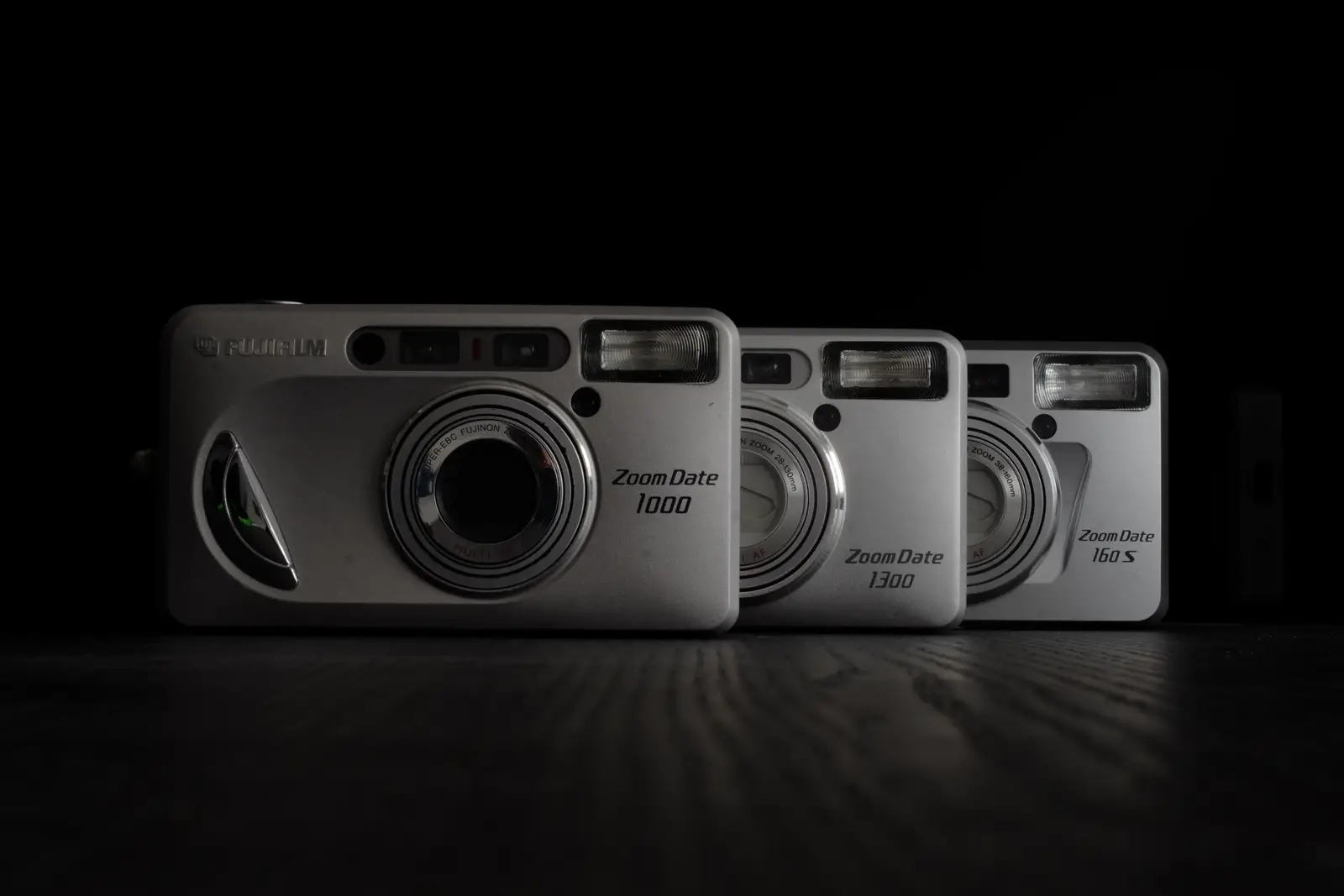








Comments
john g on Fujifilm Zoom Date siblings: 1000, 1300 and 160S Review – By Ivan B. Palli
Comment posted: 05/06/2020
Comment posted: 05/06/2020
Paul Mulherin on Fujifilm Zoom Date siblings: 1000, 1300 and 160S Review – By Ivan B. Palli
Comment posted: 05/06/2020
I too own both the ZD 1000 and the ZD 1300 (although I bought the latter in a fit of GAS a couple of years ago and still haven't run any film through it yet)!
My ZD 1000 however has been *very* well used and I love it. Due to its diminutive size it has accompanied me on many an adventure and even survived (just) a complete deluge of rain when I brought it to Kendal Calling music festival last year! The LCD elements went a bit funny with the condensation but then it was fine again once it had dried out and still works perfectly now. :)
I'll try and dig out some pics and upload onto my Flickr account then update this post accordingly...
Comment posted: 05/06/2020
Thang Nguyen on Fujifilm Zoom Date siblings: 1000, 1300 and 160S Review – By Ivan B. Palli
Comment posted: 06/06/2020
Comment posted: 06/06/2020
gorpalm on Fujifilm Zoom Date siblings: 1000, 1300 and 160S Review – By Ivan B. Palli
Comment posted: 07/06/2020
They're an enjoyable set of cameras to use - Really elegant, light, small, silent, accurate exposure, takes people-pleaser photos.
Comment posted: 07/06/2020
gorpalm on Fujifilm Zoom Date siblings: 1000, 1300 and 160S Review – By Ivan B. Palli
Comment posted: 07/06/2020
Jive on Fujifilm Zoom Date siblings: 1000, 1300 and 160S Review – By Ivan B. Palli
Comment posted: 08/06/2020
Comment posted: 08/06/2020
Ali on Fujifilm Zoom Date siblings: 1000, 1300 and 160S Review – By Ivan B. Palli
Comment posted: 16/06/2020
Comment posted: 16/06/2020
Ismaelj on Fujifilm Zoom Date siblings: 1000, 1300 and 160S Review – By Ivan B. Palli
Comment posted: 18/05/2021
Comment posted: 18/05/2021